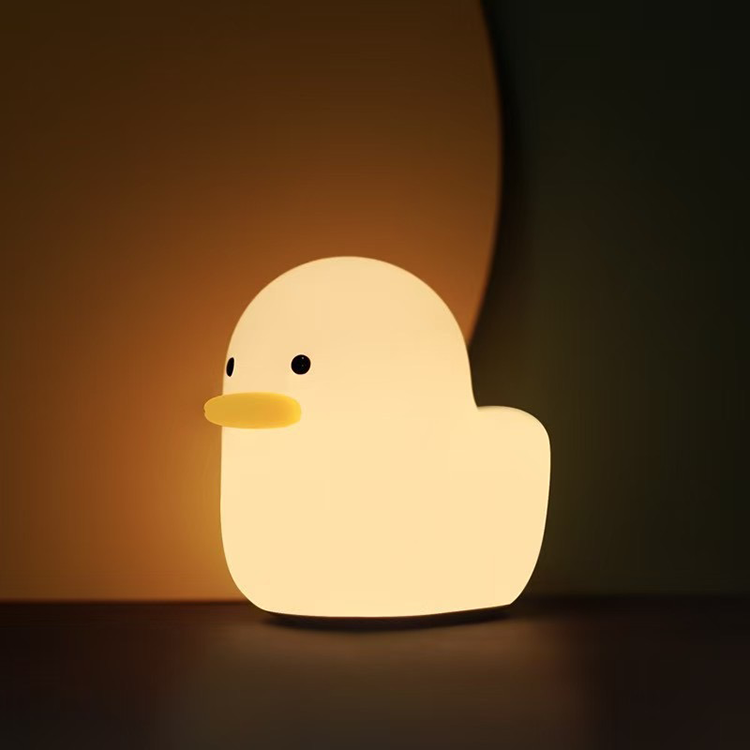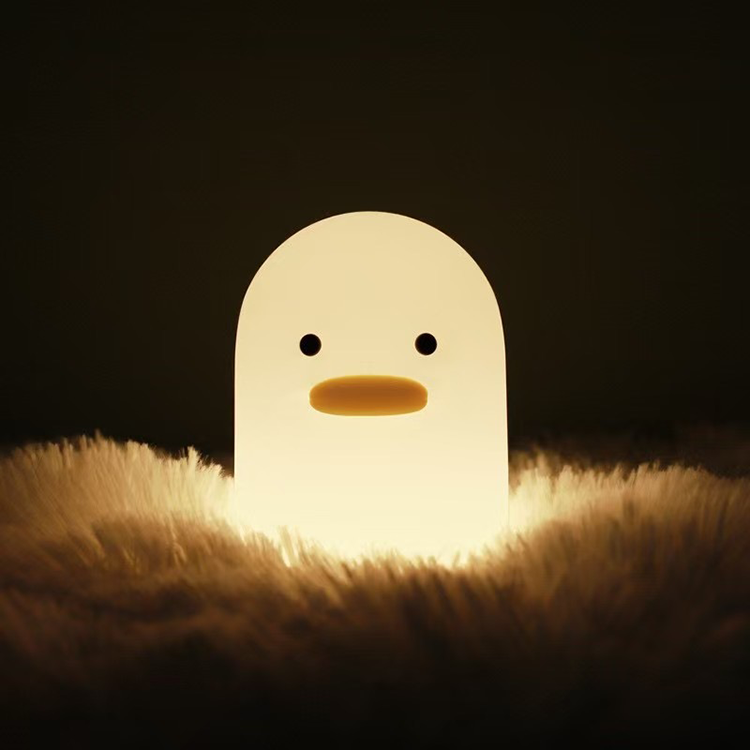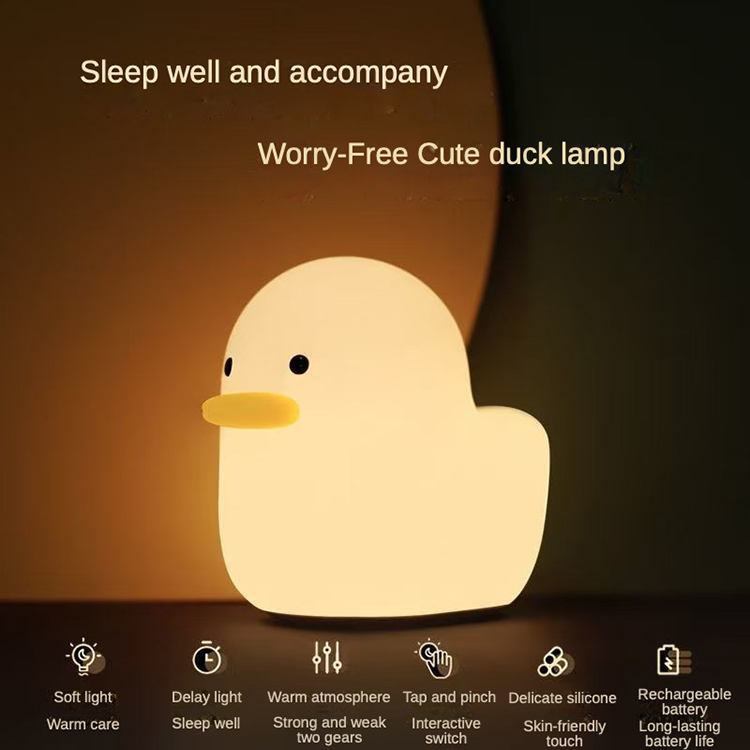When I set up my baby's room, I always look for a Bedroom Decoration Light with soft, warm tones and adjustable brightness. I’ve learned that dimming the light helps my baby relax and supports healthy sleep. This gentle glow creates a safe, cozy space every night.
Key Takeaways
- Choose warm, dimmable lights like red or amber under 50 lumens to help your baby relax and sleep better.
- Pick safe, cool-to-touch lights made from baby-friendly materials and keep cords out of reach to protect your baby.
- Place lights carefully away from the crib and use a consistent bedtime lighting routine to create a calm, cozy sleep environment.
What Makes a Bedroom Decoration Light Ideal for Babies

Importance of Light Color and Brightness
When I first started looking for a Bedroom Decoration Light for my baby's room, I noticed how much the color and brightness of the light mattered. I wanted my baby to feel calm and safe, especially at bedtime. I learned that the right light can make a big difference in how well a baby sleeps.
- Blue or white light can actually make it harder for babies to fall asleep. These colors lower melatonin, which is the hormone that helps us sleep.
- Red and amber lights do not mess with melatonin. They help keep a baby's natural sleep cycle on track.
- Experts say to stay away from bright, overhead, or blue-toned lights in a baby's bedroom.
- The best lights are dim and warm-colored, like red or amber, and should be under 50 lumens.
- Using a dim amber light during nighttime feedings or when winding down helps babies stay sleepy and relaxed.
I also read that warm lighting can help everyone in the room feel less angry or tense. Cool lights, like bright white or blue, can make people feel more stressed. I want my baby's room to feel peaceful, so I always pick a Bedroom Decoration Light with a soft, warm glow. This way, my baby feels cozy, and I feel calm too.
Tip: Try using a light with adjustable brightness. I like to keep it low at bedtime and a little brighter when I need to check on my baby.
Essential Safety Features for Baby Rooms
Safety always comes first in my baby's room. When I choose a Bedroom Decoration Light, I look for features that keep my baby safe and comfortable.
- I make sure the light stays cool to the touch. Babies love to explore, and I do not want any burns.
- I pick lights made from safe materials, like food-grade silicone or fireproof plastic. These are easy to clean and safe if my baby touches them.
- I avoid lights with small parts or loose batteries. Everything should be secure and sturdy.
- I like lights that are rechargeable. This way, I do not have to worry about cords or outlets near the crib.
- I always check that the light is stable and will not tip over easily.
A good Bedroom Decoration Light should also be easy to move. Sometimes I need to bring it to another room or take it with us when we travel. I want something lightweight and portable, but still strong enough to handle daily use.
Note: Always place the light out of reach of your baby, but close enough to give a gentle glow. This keeps your baby safe and helps them feel comforted at night.
How to Choose and Use Bedroom Decoration Lights Effectively
Types of Bedroom Decoration Lights for Baby Rooms
When I started shopping for my baby's room, I saw so many options for Bedroom Decoration Lights. Some types work better than others for sleep and safety. Here are the most common ones I found:
- LED night lights: These are energy-efficient and stay cool. Many have dimming and color-changing features, which I love for nighttime feedings.
- String or fairy lights: These give a soft, magical glow. Battery-powered ones are safer because they don’t need to plug into the wall.
- Table lamps with dimmers: These help me control the brightness for bedtime stories or diaper changes.
- Projector lights: Some parents use these to display stars or shapes on the ceiling. I use them only on the lowest setting to avoid overstimulation.
- Smart lights: These let me adjust brightness and color with my phone or voice, which is super helpful when my hands are full.
Pediatricians say babies sleep best in a dark room, so I use night lights mainly for my own convenience during nighttime care. Red or amber lights are best because they don’t mess with melatonin, which helps my baby sleep. I avoid blue lights since they can disrupt sleep.
Tip: I wait until my child is older or asks for a night light before making it a regular part of the bedtime routine.
Key Features to Consider When Choosing Lights
I always look for certain features when picking a Bedroom Decoration Light for my baby’s room. Here’s what matters most to me:
- Dimming capability: I want to control how bright the light is, especially at night. Dimmable lights help keep the room calm and cozy.
- Timer functions: Timers let me set the light to turn off after a certain time. This helps teach my child when it’s time to sleep and saves energy.
- Remote or app control: I love being able to adjust the light without walking into the room and waking my baby.
- Color options: I pick lights that offer warm colors like red or amber. These colors support healthy sleep.
- Safe materials: I choose lights made from shatterproof plastic or food-grade silicone. This keeps my baby safe if they touch or bump the light.
- Rechargeable or battery-powered: I prefer lights without cords. This reduces the risk of tripping or electrical hazards.
Here’s a quick table to compare features:
| Feature | Why I Like It |
|---|---|
| Dimmable | Adjusts brightness for different needs |
| Timer | Turns off automatically, saves energy |
| Remote/App Control | Lets me change settings from anywhere |
| Warm Colors | Supports sleep and keeps the room cozy |
| Safe Materials | Prevents injuries and is easy to clean |
| Cordless | Reduces hazards in the nursery |
Placement and Setup Tips for Comfort and Safety
Where I put the Bedroom Decoration Light makes a big difference. I want my baby to feel safe and comfortable, but I also need to keep the room hazard-free. Here’s what I do:
- I place the light away from the crib, so it doesn’t shine directly in my baby’s eyes.
- I keep cords and plugs out of reach. Battery-powered lights are my favorite for this reason.
- I use blackout curtains to block outside light. This helps my baby nap during the day and sleep longer at night.
- I avoid putting toys or decorations in the crib. This keeps the sleep space calm and safe.
- I use layered lighting, like a small lamp and a night light, so I can adjust the room’s mood for different activities.
| Aspect | Recommendation |
|---|---|
| Lighting type | Use soft, dimmable lights to protect babies' sensitive eyes and create a calming ambiance. |
| Crib placement | Position crib away from windows, drafts, and direct sunlight to avoid sleep disruption. |
| Window treatment | Use blackout curtains or shades to control natural light and help baby nap during the day. |
| Layered lighting | Incorporate table lamps, floor lamps, and dimmers to facilitate nighttime care without disturbance. |
| Safety considerations | Avoid toys or decorations in the crib; secure cords and furniture to prevent hazards. |
Note: Even a short burst of bright light can delay my baby’s sleep. I always keep the light soft and indirect.
Creating a Bedtime Lighting Routine
A consistent bedtime routine helps my baby know when it’s time to sleep. Lighting plays a big role in this. Here’s how I use Bedroom Decoration Lights as part of our nightly routine:
- I start quiet time about 30 minutes before bed. I dim the lights and play soft music or read a story.
- I keep the last feeding calm and gentle, with the lights low.
- I swaddle my baby or offer a pacifier to help them relax.
- I put my baby in bed while they’re drowsy but still awake. This helps them learn to fall asleep on their own.
- If my baby wakes up at night, I keep the lights dim and avoid talking or playing. This helps them go back to sleep quickly.
Studies show that a regular bedtime routine with dim lighting leads to better sleep, fewer night wakings, and happier mornings for both of us.
Tip: I always turn off or dim the Bedroom Decoration Light at the same time each night. This signals to my baby that it’s time to sleep.
Common Mistakes to Avoid with Bedroom Decoration Lights
I’ve learned a lot from trial and error. Here are some mistakes I try to avoid:
- Using lights that are too bright or blue-toned. These can disrupt my baby’s sleep and even harm their eyes.
- Placing lights too close to the crib or in my baby’s direct line of sight.
- Choosing lights made from glass or other breakable materials.
- Leaving cords or plugs where my baby can reach them.
- Skipping blackout curtains, which help block outside light and support healthy sleep.
- Changing the lighting routine too often. Babies love consistency.
Alert: Bright or poorly placed lights can cause sleep problems and even long-term health issues. I always choose soft, warm, and safe Bedroom Decoration Lights for my baby’s room.
When I pick a Bedroom Decoration Light, I always choose one with warm, dim light and adjustable brightness. I place it carefully to keep my baby’s room cozy and safe. Here’s what research says:
| Tip | Why It Matters |
|---|---|
| Warm, dim light | Helps babies relax and sleep better |
| Careful placement | Keeps sleep safe and undisturbed |
| Calming routine | Supports healthy sleep habits |
FAQ
How bright should my baby’s night light be?
I keep my baby’s night light dim, usually under 50 lumens. This soft glow helps my baby relax and fall asleep faster.
Tip: If I can see clearly but it feels cozy, the brightness is just right.
Can I use color-changing lights in my baby’s room?
I use color-changing lights for fun, but I stick to warm colors like red or amber at bedtime. These colors help my baby sleep better.
How do I clean a silicone night light?
I wipe my silicone night light with a damp cloth. If it gets sticky, I use mild soap and water. It dries quickly and stays safe for my baby.
Post time: Aug-07-2025


